7 Proven Hardwood Flooring Thickness Types
The thickness of the flooring is usually overlooked by many homeowners. They usually install flooring that looks beautiful and is more durable, but they never think about the thickness of the flooring. While installing flooring at your place, take note that the thickness of the flooring is as important as considering the type of your floor.
So you must pay attention to the thickness of the flooring according to your floor so it can stay well on your subfloor without creating problems for you. If you know nothing about the thickness of hardwood flooring and want to install hardwood flooring at your place, then you must read this article before deciding on your flooring.
Today, I am going to tell you about the 7 thickness categories of hardwood flooring and also tell you about the pros and cons of each, so you can easily choose the ideal hardwood flooring for your place facing without any difficulty.
How To Decide The Hardwood Flooring Thickness Category For Your Floor?
If you want to know about the different thickness categories of wooden flooring, then you must know the type of floor you have so you can choose the ideal flooring thickness for your place. There are many subfloors that you can have. Some of the most famous subfloors are:
Plywood
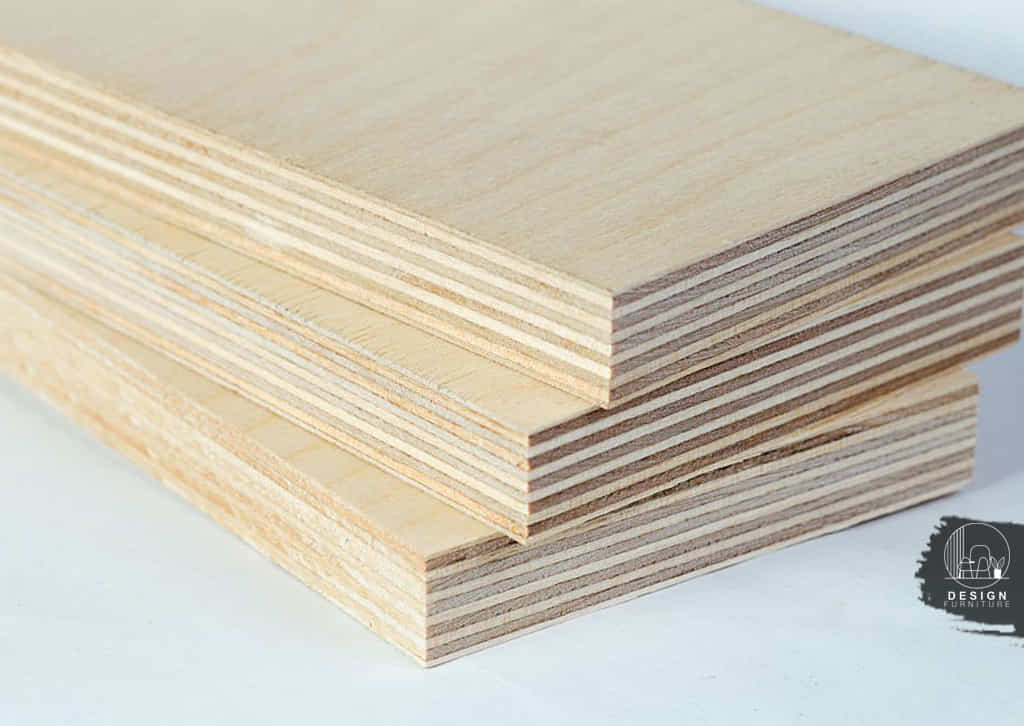
If you have plywood under the floor, i.e. a plywood subfloor, then you have to go for the 19mm flooring option. No matter how lean the plywood subfloor is, the only suitable option for you is to choose the 19mm thickness. If your floor is too weak, then you can add the 0.5 mm layer of plywood to make your floor system more stable.
Concrete

If you have a very good concrete floor, then it will allow you to select any of the hardwood flooring thicknesses. Your concrete floor should be dry and levelled to take advantage of this offer. If your concrete floor is not dry and levelled, then install a layer of plywood to improve the quality of your floor. After the installation of plywood, select the thickness of your hardwood flooring.
Planks
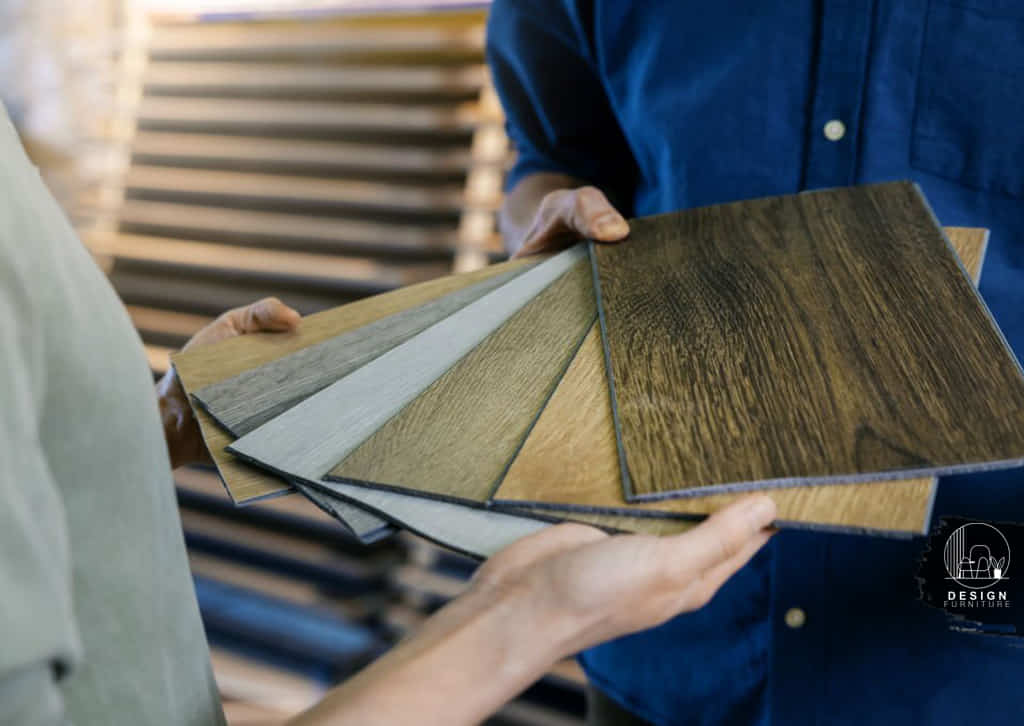
If you have planks of plywood on your old floor and want to introduce hardwood flooring planks to it, then you not only have to notice the thickness of the floor, but you should also notice the placement of the planks. Place the planks perpendicular to the old plywood planks to make your flooring more durable.
If you want to add the planks in the same direction as your older flooring, then install an additional layer of plywood and install it in the perpendicular direction. When you place hardwood planks on it in the perpendicular direction, they become the same as your old floor pattern.
Direct Fitting Over Joists
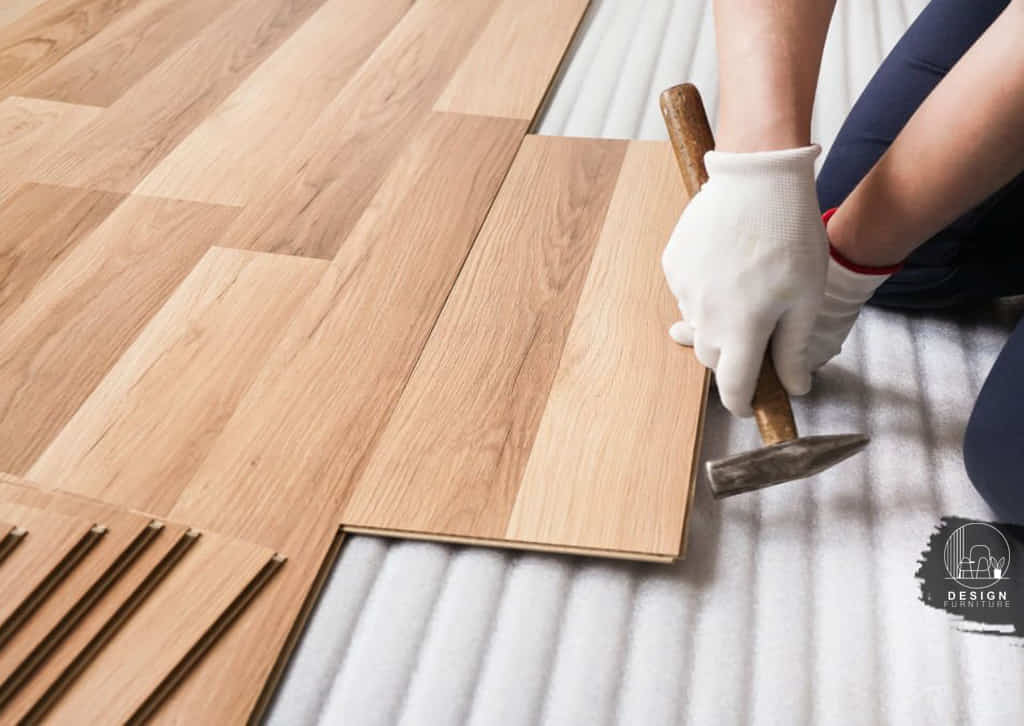
If you have a question about whether you can install hardwood flooring directly over joists, then the answer is yes, you can install different thickness categories of hardwood flooring over the joists easily. The only thing that you need to notice is that the joists on your floor are not too far apart from each other. The maximum distance between the joists should only be 45 cm.
Types Of Hardwood Flooring based on Thickness
There are many types of hardwood flooring based on thickness and species of wood. The most common and proven categories of hardwood flooring are the following, from which you can make a choice, in accordance with your home subfloors.
1. Engineered Wood Flooring
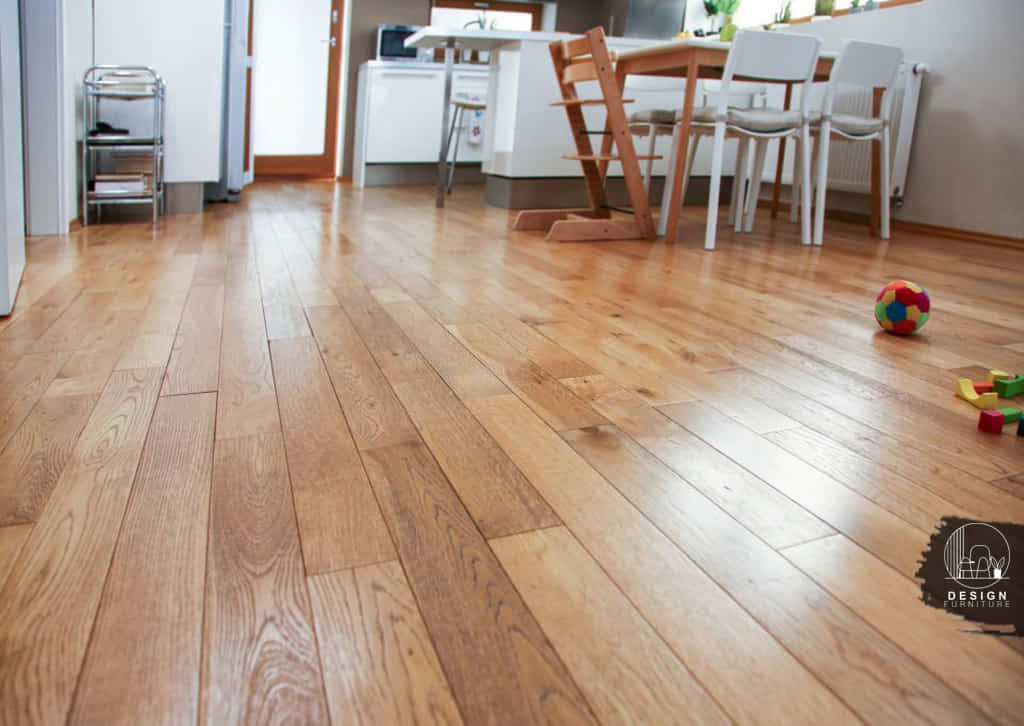
Engineered wood flooring comprises many layers. The top layer of this flooring is made of veneer. There are many thickness ranges available in this flooring according to the quality of hardwood. The most common thickness of this flooring that is easily available is from 3 to 7 mm. You can also get a 15mm thick layer of this flooring.
Under the first layer of veneer, there are another seven layers that are made of thin wood. These layers make up a sandwich-like layered structure for this flooring. The timber used in engineered wood flooring is available in many varieties. That’s the reason people are using this flooring in their homes: the thickness and wood of this flooring can easily suit many of the floors.
You can get engineered wood flooring in many types of wood, but oak is the most common wood used in this flooring. The cost of oak engineered flooring varies from $65 to $110 per square meter excluding installation costs. This means you’ll need to pay separately for the quality installation of this flooring.
Pros
- Most Stylish
- Temperature resistance
- Increases the value of your place
Cons
- Color can fade
- Not so durable
2. Solid Wood Flooring

As the name of this flooring shows, each board of this flooring is made from solid wood. Many people consider that this flooring is not as stable on floors as engineered wood flooring, but it depends on the manufacturer how they manufacture the flooring and the thickness of the flooring.
If the thickness of the flooring is ideal and is made professionally, it proves more durable than engineered wood flooring. The thickness of solid wood flooring is 15 to 20 mm, which is almost the ideal thickness for all types of floors.
As the thickness of the solid wood flooring changes, the cost of the flooring also changes. When you buy flooring with the ideal thickness, you’ll need to pay a little more. The average cost of solid wood flooring ranges from $6 to $12 per square foot. Though solid wood flooring is always more costly than engineered one, the pricing is absolutely worth what you get, since solid wood is more valuable.
Pros
- Low maintenance
- Strong and durable
- Completely versatile
Cons
- Difficult installation
- Not safe for moist places
3. Parquet Flooring
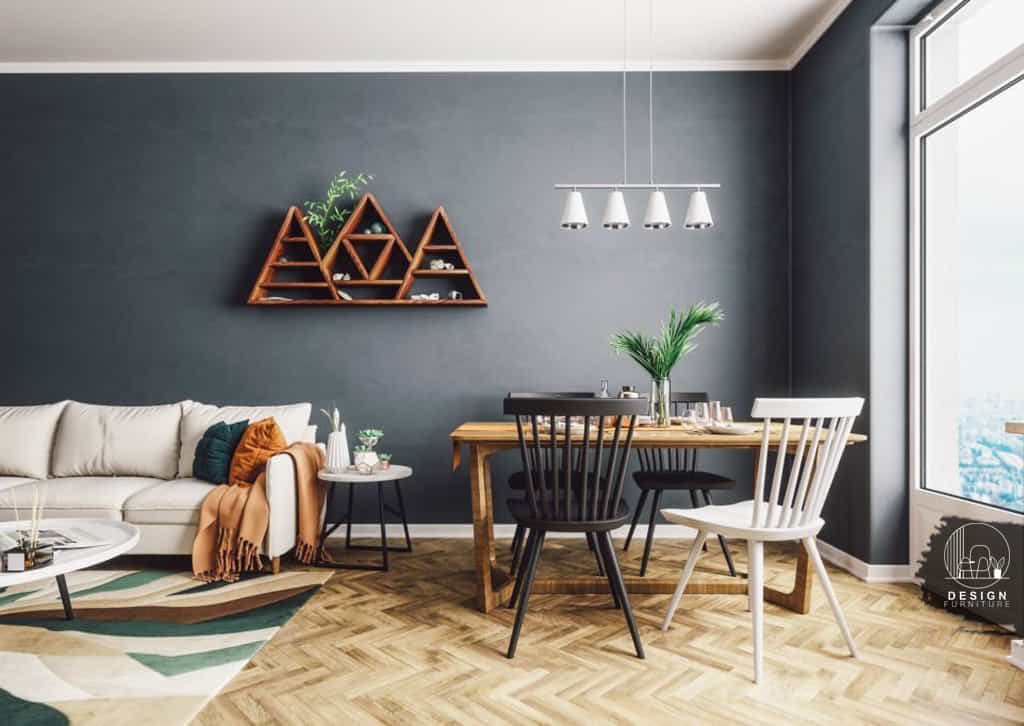
Parquet flooring is a type of flooring in which small wood planks are arranged in a pattern to make the ideal flooring. The thickness of this flooring starts at 6mm and goes up to 22mm. You can choose any thickness according to the type of floor you have. Mostly, small rooms can have low-thickness flooring.
Parquet flooring is considered the most durable flooring of all types. Some of the old wood parquet floorings can easily last up to 150 years. If you want a long-lasting option for your floors, then you can select parquet flooring. The thickness range of this flooring allows you to select the ideal thickness for your floors.
Real wood parquet flooring is more expensive than pre-made wooden tiles. The rate of real wood flooring ranges from $6 to $12 per square foot. And if you buy pre-made wooden tiles, you’ll need to pay around $7 to $12 per square foot.
Pros
- Budget friendly
- Easy to install
- Appealing
Cons
- Not resistant to water
- Can fade in sunlight
4. Oak Flooring
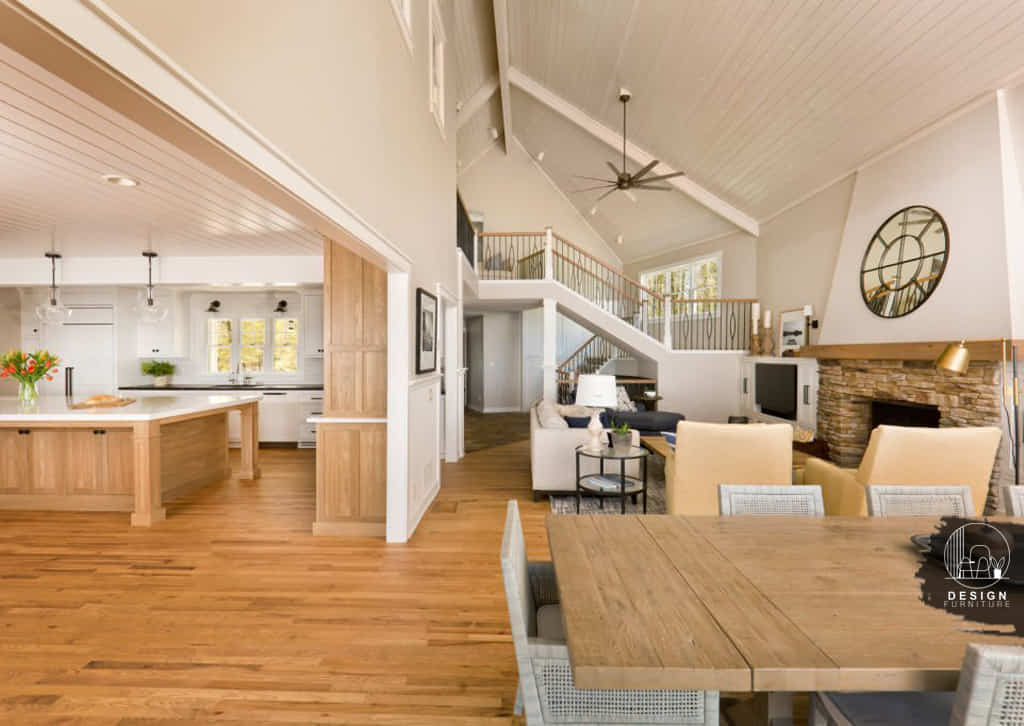
Oak flooring is one of the most popular types of hardwood flooring. This is one of the most aesthetically appealing flooring options that are also highly durable. This flooring is easily available and everyone can afford it. There are two main species of oak: red oak and white oak. You can use any of the oak floorings for your floors.
The thickness of oak flooring is almost 5mm to 6mm. The top layer of oak flooring is made of veneer, and then below are the boards of plywood. This flooring is made in the pattern of engineered wood flooring. The oak flooring can be adjusted in any of the interiors, so you can easily buy it for your homes.
The price range of red oak flooring is $1.5 to $7 per square foot. White oak is more expensive than red oak, as its price ranges from $6 to $9 per square foot. This flooring is less expensive than engineered wood flooring.
Pros
- Comes in many styles and designs
- Very affordable
- Adds warmth to the surroundings
Cons
- Is somewhat noisy
- Can’t be repaired easily
5. Pine Flooring

Pine is one of the oldest flooring types. It has been used for centuries as the basic building material. There are dozens of pine species available on the market. The most common and best pines are white and yellow pine. Pine floors are mostly used in retro home settings to make them appear beautiful.
Nowadays, pine is also used in modern home decors to give the floors a more finished and presentable look. Pinewood has an ideal thickness for floors. That’s why it is widely used on floors. The thickness of the pine floor starts at 12 to 15 mm. You can also have pine floors in your home because it is one of the cheapest floors.
The price ranges from 1.5 to 4 dollars per square foot for this flooring, which everyone can easily afford. This is one of the most durable hardwood floors. Another interesting fact at this point is that the pine floors that are 120 years old are still in use.
Pros
- Visually appealing
- Highly affordable
- Durable
Cons
- Texture can be damaged
- Susceptible to scratches
6. Maple Flooring
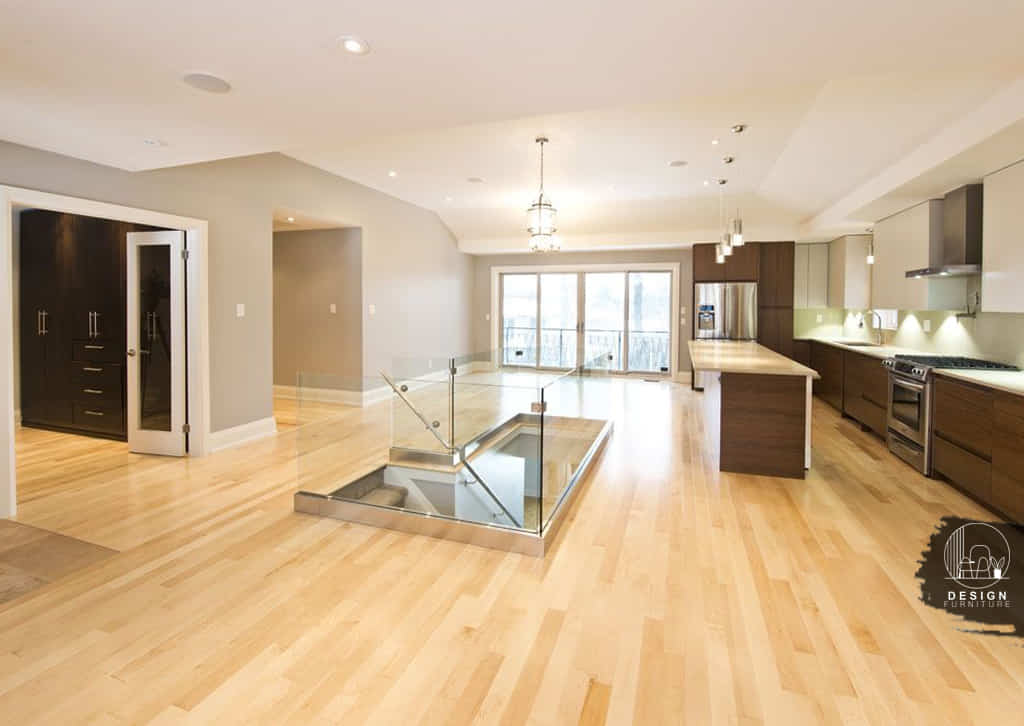
Maple flooring is one of the more popular hardwood flooring options. Many people prefer maple flooring over other types of flooring. You just need to note one thing while buying maple flooring, and that is to buy hardwood maple flooring instead of soft maple flooring. There are engineered maple flooring, hardwood maple flooring, and laminate maple flooring that you can use for your floors.
There are different grades on maple flooring planks. The Grade 1 maple planks are the best, so always try to buy them to get the maximum benefits from your maple flooring. One of the biggest benefits of buying maple flooring is that it remains new even after years of use. Like pine flooring, its colour never fades after years of use. Besides, you can consider this floor system for outdoors, as well.
This flooring is also very easy to clean and maintain, so you can easily consider this choice. The thickness of maple flooring varies from its grade. Grade 1 flooring has an ideal thickness ranging from 12mm to 16mm. The price of this flooring ranges from $5 to $12 per square foot. Natural maple is cheaper than factory-stained maple.
Pros
- Hardest wood specie
- Very cheap
- Great appearance
Cons
- Difficult to stain
- Can get scratched easily
7. Bamboo Flooring

Bamboo is another proven type of hardwood flooring. People who don’t want to ruin their environment by cutting rare wood species mostly use bamboo flooring because it is a renewable resource. There are three main types of bamboo wooden flooring, such as horizontal bamboo flooring, standard bamboo flooring, and engineered bamboo flooring.
Most of the bamboo flooring has natural colours, and they look beautiful on the floor. Bamboo can also be stained, so you can also get coloured bamboo flooring, but the stained bamboo lacks a natural look. Bamboo flooring gives a clean and modern look to your floors, making them highly attractive to visitors.
The thickness of bamboo flooring varies from 10 to 16 mm, depending on the quality and type of flooring you choose. The price range of bamboo flooring starts at 1.5 dollars and then goes up to 11 dollars according to the choice of bamboo quality and flooring type.
Pros
- Very beautiful
- Durable
- sustainable
Cons
- Can absorb water
- Limited to a few shades
Conclusion
Now you know all about the 7 proven hardwood flooring thickness types, so you can easily select the hardwood flooring for your floor, keeping in mind the pros and cons of the flooring. You can also select the thickness of your flooring according to your choice. Hoping for your next flooring selection to be ideally favourable for you!
Author Bio
Frequently Asked Questions (FAQs)
Both engineered and solid hardwood floors come with different thickness levels. ½”, ¾” and ⅝” are the general thickness levels of Solid wood flooring. Engineered hardwood flooring, on the other hand, comes with various different extents of thickness, however all of them have really thin wear layers.
IPE aka Brazilian Walnut Flooring is the hardest and the strongest wood used for making floors. And it’s generally quite hard as well as expensive to get, considering the fact that it’s the most valuable flooring product.
There are a number of factors that need to be considered while choosing hardwood flooring and the foremost one is type of the flooring. Next up, comes the wood species selection, its grain, pattern and color choice and the type of surface finish it features.
Denser hardwood flooring options, such as Oak, Birch or Maple are generally very good, when it comes to resisting scratches and other types of surface damages. This makes these floor wood species the ideal flooring product choice for areas with higher extents of foot fall, both indoors and outdoors.




